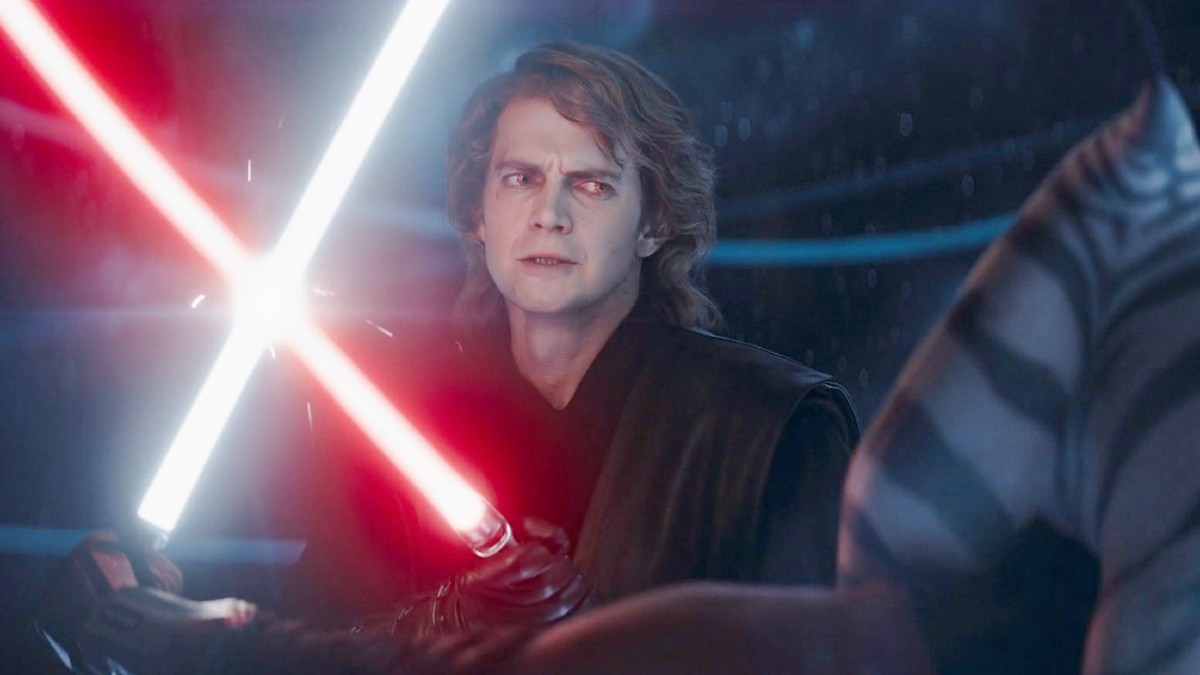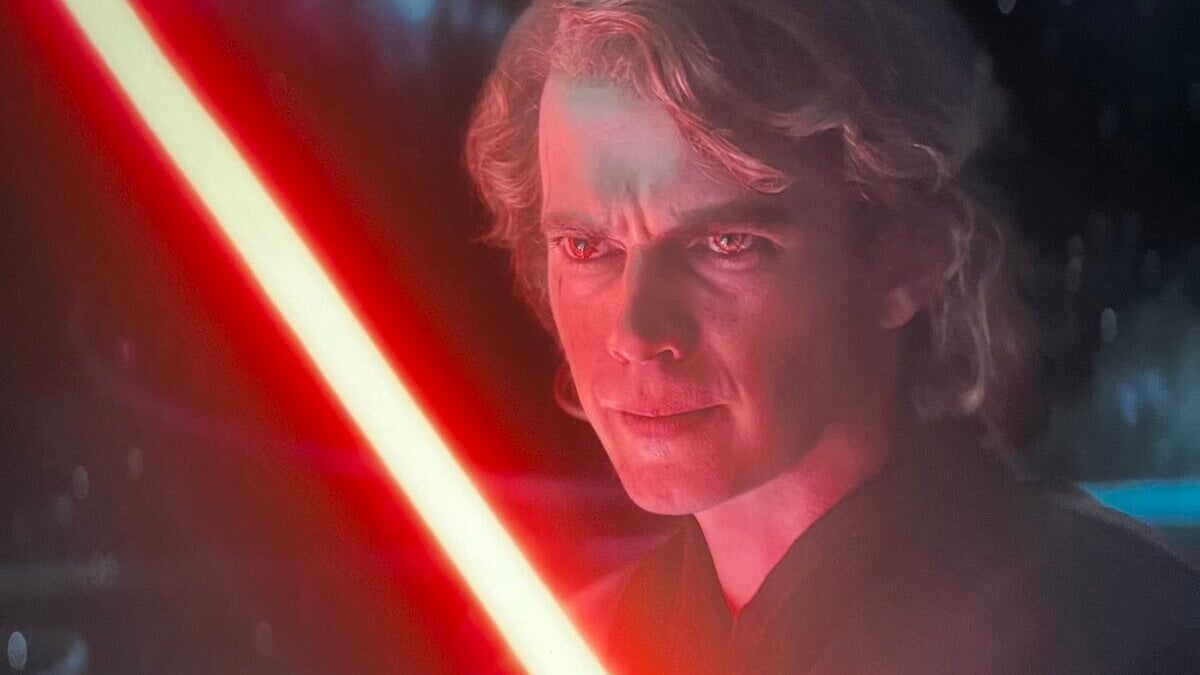There’s something about how Anakin’s story ends in the original Star Wars trilogy that always felt somewhat incomplete, his final moments with Luke and that epic line of “You were right about me” never quite living up to the redemption we’d been waiting for. It was as if Hayden Christensen’s version of Anakin Skywalker never got the closure he deserved. But now, after all these years, Dave Filoni, the ultimate maestro and savior of the galaxy far, far away, has amended that mistake through Ahsoka, finally allowing the prequel Anakin to give up the mantle in peace.
Whether you find yourself in the ranks of Star Wars fans who consider Luke to be the ultimate protagonist of the story, or think that when it comes down to it, Anakin was the real hero and villain of the saga all along, we can’t deny that George Lucas fundamentally conceived his space opera around the tragic tale of a boy who would grow to terrorize an entire galaxy before finding redemption at the hands of his son, the generational gap serving as the ultimate allegory for the conflicts between parents and their children.
As far as that motif is concerned, Star Wars manages to hit all the right notes to one degree or another, but the disparity between Darth Vader and Christensen’s Anakin Skywalker remains a palpable narrative dissonance even after all these years. Anakin may have turned to Vader in the final moments of Episode III – Revenge of the Sith, but the live-action character we know as the Chosen One and his abrupt turn to the Dark Side never felt like it had enough of a build-up, let alone a satisfying send-off.
In essence, the third act in the prequel trilogy suddenly yanks Anakin toward Vader and then asks the audience to seek out the culmination of his story in another film, with another actor, from a time long past. Never mind that Lucas — in classic Lucas fashion — changed the Force Ghost scene in Return of the Jedi to work Hayden Christensen back into the saga, because a lot of fans viewed that as cheap fan service, and rightly so.
That’s why the fifth episode of Ahsoka is such a blessing in the Skywalker timeline, as it finally gives Hayden Christensen the opportunity to show the fans where he stands in the world of Star Wars.
Since the early ’80s when the final movie in the trilogy came out, people have been debating Vader’s morality, and whether a single action like tossing his evil boss down a reactor shaft, and thus saving his son, necessarily “redeems” him in any meaningful way. We’re, after all, talking about a person who killed countless innocent people, presided over the tyrannical subjugation of trillions, and essentially assured the near-destruction of the Jedi Order.
Did Anakin really come back to the light, or was it pity that moved him to stand up to Palpatine? Is that moment of realization so profound that he gets to become one with the Force despite all of his crimes? And does that mean there is no Vader in him anymore? Can he appear to newer generations of Force users like Yoda and Luke do?

Ahsoka finally answers all of these questions by bringing Anakin back to give the titular character her final lesson. This version of Anakin we see in the Worlds Between Worlds seems to embody the balance that the bespoke prophecies always mentioned, neither completely embodying the light (his former version) nor accepting the dark. Anakin spars with Ahsoka in his older form and then transitions into Vader — or at least Vader if he hadn’t been burnt to a crisp on the molten slopes of Mustafar — and confirms that he will always retain the part of him that succumbed to the temptations of the Dark Side.
While Ahsoka may not be about Hayden Christensen’s Anakin, this was always the redemption we were expecting to see from his character arc. Now we know Anakin has truly found peace and is perhaps at the zenith of his wisdom as a man who stared into the abyss far longer than anyone else but ultimately found his way back.


